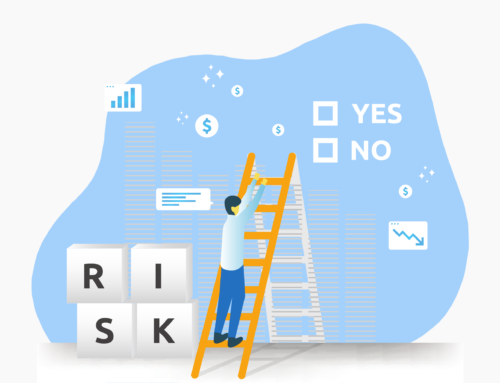As the world becomes increasingly technologically advanced, ensuring the security of sensitive information and data has become a top priority for organizations across various industries. With cyber threats becoming more sophisticated, it is essential to implement robust risk assessment strategies to identify potential vulnerabilities and mitigate them effectively.
One such approach that plays a vital role in securing organizational assets is an SRA (Security Risk Assessment). We will examine the world behind security risk assessments and its importance; and tools and templates to help you complete yours.
Understanding an SRA Risk Assessment: Decoding the Process
SRA Risk Assessment is the process of evaluating potential risks to an organization’s security infrastructure or system. It involves:
- Identifying Vulnerabilities
- Assessing Potential Impact
- Devising Appropriate Countermeasures to Minimize Risks
Effective risk management is paramount for healthcare organizations. A single security breach can have severe consequences, including:
- Financial Loss
- Reputational Damage
- Legal Liabilities
- Compromised Customer Trust
By conducting regular SRA risk assessments, businesses can proactively identify weaknesses in their security systems and take the necessary steps to protect themselves against potential threats.
The Role of SRA Risk Assessment Tools: Safeguarding Sucess
To conduct comprehensive SRA Risk Assessments, organizations rely on advanced software tools designed specifically for this purpose. These SRA Risk Assessment tools automate the process by identifying vulnerabilities in:
- Devices
- Networks
- Software Applications
- Databases
They analyze collected data to generate detailed reports highlighting potential risks.
These tools provide a structured approach to evaluating the likelihood of incidents occurring and their potential consequences. They enable organizations to prioritize risks based on severity and allocate resources accordingly, ensuring that the most critical issues are addressed first. Overall, SRA risk assessment tools are essential for proactive risk management and maintaining a secure business environment.
Benefits of Utilizing SRA Risk Assessment Tools
Using an SRA Risk Assessment tool offers numerous benefits for organizations looking to identify and mitigate potential security risks.
1. Standardized Methodology
An SRA tool provides a standardized methodology for conducting risk assessments and ensuring consistency across the organization. This enhances efficiency and allows for easier comparison of results over time.
2. Centralized Data Storage
SRA tools offer a centralized platform to store assessment data securely. This minimizes data loss or unauthorized access while facilitating easy retrieval and analysis of historical assessment records.
3. Automated Risk Analysis
SRA tools often incorporate automated risk analysis capabilities, leveraging predefined templates to assess vulnerabilities quickly. This saves valuable time and resources that would otherwise be required for manual evaluations.
4. Customization Options
Many SRA tools allow organizations to customize their assessment templates according to specific needs, industry regulations, or internal security policies. This flexibility ensures that the assessments align with unique organizational requirements.
The Role of an SRA Risk Assessment Template: Implementing A Safe Framework
An SRA risk assessment template is a framework or guide organizations can utilize when implementing their risk assessment processes. These templates provide a structured approach to identify potential threats, evaluate risks, determine impact levels, and propose mitigation strategies.
Benefits of Using an SRA Risk Assessment Template
Using an SRA risk assessment template offers numerous advantages that can greatly enhance the efficiency and effectiveness of the risk assessment process.
1. Consistency
Organizations can ensure consistent evaluation methodologies across different departments or teams by utilizing a standardized SRA risk assessment template. This promotes uniformity in reporting and facilitates effective communication between stakeholders.
2. Time Efficiency
An SRA risk assessment template streamlines the process by providing pre-defined sections and prompts for relevant information gathering. This reduces the time required for creating assessments from scratch and enables prompt identification of critical risks.
3. Comprehensive Coverage
Templates often include comprehensive checklists or questionnaires covering various facets of security risks, such as physical security, network security, data protection measures, etc. This ensures that no crucial areas are overlooked during the assessment process.
Compliancy Group SRA Risk Assessment Tool
In today’s interconnected world, where cyber threats continue to evolve at an alarming pace, organizations must prioritize security risk management through regular SRA Risk Assessments. Leveraging SRA tools and templates empowers businesses to conduct comprehensive assessments efficiently, identify potential vulnerabilities, and implement effective security measures. By adopting these proactive measures, organizations can safeguard their critical assets, protect sensitive information, and maintain a robust security posture in an ever-changing landscape.
Compliancy Group’s SRA Risk Assessment Tool makes risk analysis effective and efficient. Simply answer a series of yes/no questions to analyze your organizational risk, and our software will provide you with a comprehensive remediation plan to bring your organization up to regulatory standards.









